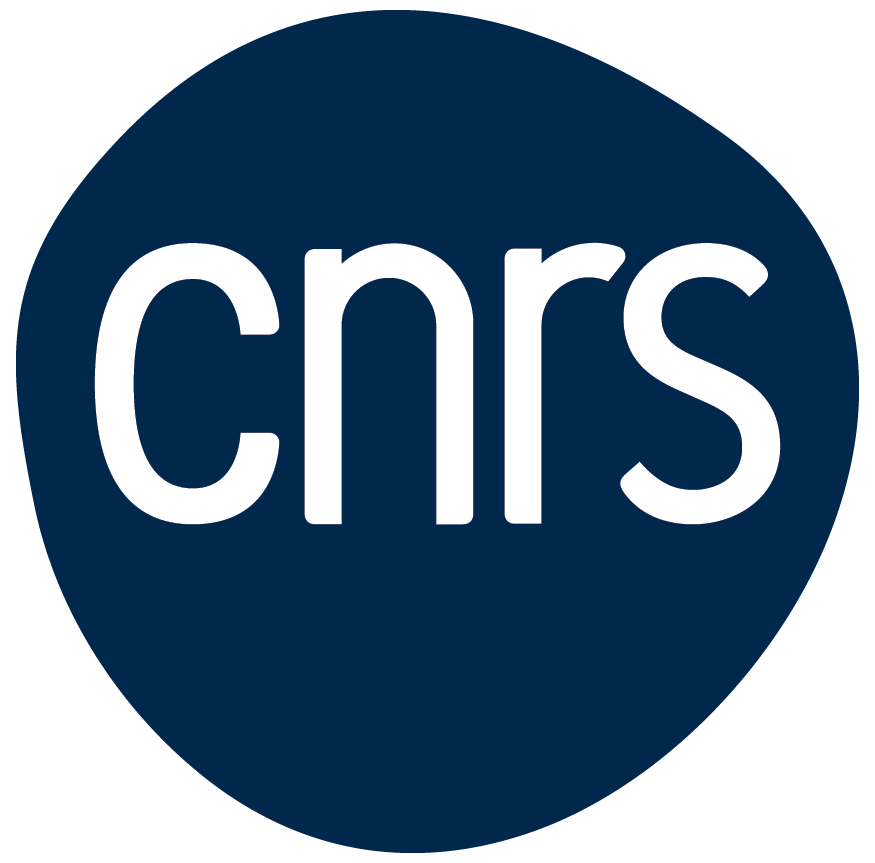We investigate the dynamics of transient frictional processes such as the stiction of adhesive contacts or stick-slip motions. Both phenomena involve strongly non homogeneous sliding processes which require a local analysis of the contact interface. Using a previously developed contact imaging approach, we are able to measure time and space resolved displacement fields within contacts between a smooth silicone rubber and a glass lens.
With M.C. Audry, A. Chateauminois and C. Frétigny
Collaboration with J. Teisseire and E. Barthel at SVI/ Saint Gobain
Stiction of adhesive contacts under torsion
The shear failure of an adhesive contact during the incipient stages of sliding friction is often refereed to as a stiction process . Such mechanisms are encountered in many practical applications such as, for example, tire/road contacts or MEMs. They also pertains to the discontinuous stick-slip motions which are observed in many frictional systems. From a fundamental point of view, stiction involves a complex and poorly understood interplay between frictional energy dissipation and adhesion. Here, stiction is investigated using an original torsional contact configurations allowing to investigate this process in simplified mechanical conditions. We show that stiction involves the progressive propagation of slip from the periphery of the contact according to a mechanism which is reminiscent to an interface shear crack. Experimental results are analyzed in the light of the a theoretical contact model which allow to discuss the discuss the interplay between friction and adhesion.
Torsional stiction of an adhesive contact between a surface marked silicone rubber and a glass lens. The progressive propagation of slip from the periphery of the contact is detected from the distortion of the markers lattice.
Stick-slip motions
Stick-slip oscillations are observed in many natural and man-made mechanical systems such as brakes, granular materials under shear or the bowing of a violin string, to cite a few example. From a macroscopic point of view, these processes are often described by considering that frictional instabilities involve the more or less periodic jump from a purely elastic state without any slip to a homogeneous sliding state.
Within contact between smooth silicone rubbers and glass lenses patterned with a regular array of micrometric ridges, we show that much more complex processes involving the heterogeneous nucleation and propagation of interface shear cracks are encountered. Such observations strongly question the relevance of static and dynamic friction concepts to describe stick-slip motions.
Slip pulse propagation during stick-slip motion between a smooth silicone substrate and a glass lens patterned with an array of micrometric ridges. Color scale indicate the magnitude of the local sliding velocity at the contact interface. White circle delimits the contact area. The silicone substrate is moved from bottom to top with respect to the fixed glass lens.
Publications
Slip dynamics at a patterned rubber/glass interface during stick-slip motions
M.C Audry, C. Fretigny, A. Chateauminois, J. Teissere and E. Barthel
European Physical Journal E 35 (2012) 83-90
Friction and shear fracture of an adhesive contact under torsion
A. Chateauminois, C. Fretigny and L. Olanier
Phys Rev E, 81 (2010) 026106


